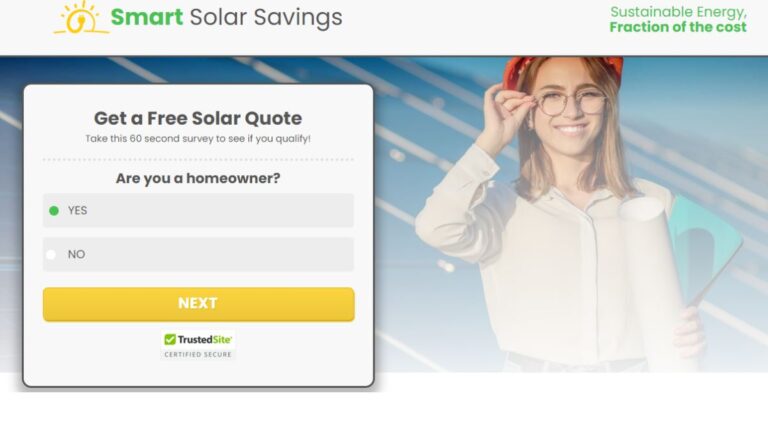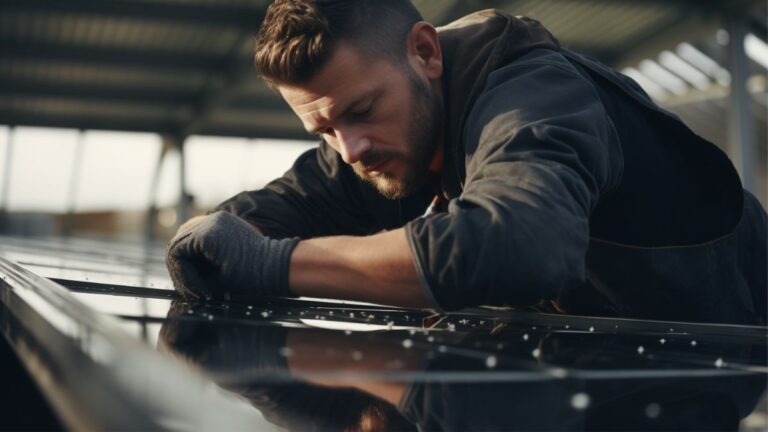Key Considerations for Efficient DIY Solar System Design
Imagine basking in the warm glow of the sun, knowing that every ray of light is being harnessed to power your home. DIY solar system design is a thrilling prospect, but before you dive in, there are some key considerations you need to keep in mind.
From understanding your energy needs and researching local regulations to selecting the right components and ensuring proper maintenance, this discussion will provide you with valuable insights into the world of efficient DIY solar system design.
So, get ready to unlock the secrets of sustainable energy and embark on a journey that will not only save you money but also contribute to a greener future.
Key Takeaways
- Assess available space and consider orientation and angle for optimal solar panel placement
- Calculate daily energy consumption and incorporate energy storage options for off-grid systems
- Choose the appropriate battery storage option based on energy requirements and system design
- Select inverters with high efficiency ratings and compatibility with solar panels for maximum savings and return on investment
Solar Panel Sizing and Capacity
To determine the appropriate sizing and capacity for your solar panels, assess the available space and consider your energy needs and goals.
When designing your DIY solar panel system, it’s crucial to accurately calculate the number and size of solar panels required to meet your energy demands.
The first step is to evaluate the available space on your property for solar installations. Consider the orientation and angle of your roof or any other potential mounting locations to ensure optimal sunlight exposure throughout the day. This will directly impact the energy production of your system.
Next, assess your energy needs and goals. Calculate your daily energy consumption to determine the capacity of the solar panels required. Take into account any future expansions or changes in your energy usage.
Moreover, if you’re planning to go off-grid, consider incorporating energy storage options such as batteries to complement your solar panel sizing and capacity.
Solar Panel Placement and Orientation
Properly placing and orienting your solar panels is crucial for maximizing the efficiency and performance of your DIY solar system. Here are some key considerations to keep in mind:
- Ideal Placement: For optimal sun exposure throughout the day, it’s recommended to install your solar panels on a south-facing roof. This orientation allows the panels to capture the most sunlight, leading to higher energy production.
- Optimal Orientation: When determining the angle of your solar panels, it’s important to match it with the latitude of your location. By aligning the panels properly, you can ensure that they receive the maximum amount of sunlight throughout the year, resulting in increased power generation.
- Avoid Shading: Shading from nearby trees, buildings, or other obstructions can significantly impact the efficiency of your solar array. It’s crucial to carefully evaluate the surrounding environment and position your panels in a way that avoids any potential shading, as it can lead to decreased energy production.
Battery Storage and Backup Options
When selecting a battery storage and backup option for your DIY solar system design, it is essential to consider various factors such as battery type, energy needs, and system compatibility. The type of battery you choose will depend on factors such as lifespan, maintenance, and efficiency. Comparing different battery options will help you select the best fit for your DIY solar system, taking into account factors like energy density and maintenance requirements.
To make an informed decision, evaluate the benefits and drawbacks of various battery storage and backup options. Consider the specific energy needs and use case of your DIY solar system. This will help you choose an appropriate battery storage and backup option, such as a lead-acid or lithium-ion battery. Align the battery storage and backup option with your DIY solar system’s energy requirements and complement your overall design.
To assist you in your decision-making process, refer to the table below:
| Battery Type | Battery Capacity | Power Output |
|---|---|---|
| Lead-Acid | High | Low |
| Lithium-Ion | High | High |
Related Post: Solar Energy Storage Showdown: Lead-Acid vs. Lithium-Ion Batteries Compared.
Inverter Selection and Efficiency
Now that you have considered battery storage and backup options for your DIY solar system, it’s crucial to turn your attention to the selection and efficiency of the inverter. The inverter plays a vital role in converting the DC power generated by your solar panels into usable AC power for your home.
Here are some key considerations for inverter selection and efficiency:
- Efficiency: Look for inverters with high efficiency ratings, as this will ensure that a greater percentage of the energy produced by your solar panels is effectively converted into usable power for your home. Higher efficiency means more savings and a faster return on your investment.
- Power Output: Ensure that the inverter you choose is capable of handling the maximum power output of your solar panels. Sizing the inverter correctly is essential to avoid any power loss or inefficiencies in the system.
- Compatibility: Consider the compatibility of the inverter with your solar panels. Different types of inverters, such as string inverters, microinverters, and power optimizers, have their own advantages and considerations. Research and select the type that best suits your specific needs and goals.
Related Post: Best All In One Solar Charge Controller Inverter for Solar System.
Monitoring and Maintenance Systems
To effectively monitor and maintain your DIY solar system, implementing a comprehensive monitoring and maintenance system is crucial. This system will ensure that your solar panels are operating optimally, allowing you to take full advantage of the benefits they provide.
One important aspect of a monitoring and maintenance system is solar monitoring. This involves tracking the performance of your solar panels and identifying any issues or inefficiencies. By monitoring your system regularly, you can catch problems early on and take appropriate action to resolve them. This will help you maximize the efficiency of your system and reduce any potential downtime.
In addition to monitoring, regular maintenance is essential for the longevity and effectiveness of your DIY solar system. This includes cleaning the solar panels, inspecting the inverter, and checking for any loose connections or damage. By conducting regular maintenance, you can ensure that your system is functioning at its best and avoid any costly repairs or replacements.
Here are the key benefits of solar monitoring and regular maintenance:
- Maximizes system efficiency
- Identifies and resolves issues early
- Extends the lifespan of your solar panels
- Reduces the risk of costly repairs
Conclusion
In conclusion, when designing a DIY solar system, it’s crucial to carefully consider factors such as energy needs, local regulations, and system size.
One interesting statistic to note is that according to a study by the National Renewable Energy Laboratory, homes with solar panels have been shown to sell 20% faster and at a 17% higher price than homes without solar systems.
This highlights the growing popularity and value of solar technology in the real estate market.






